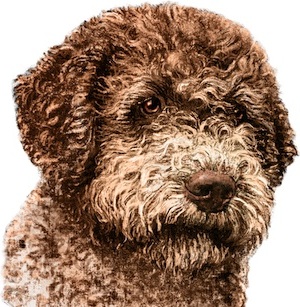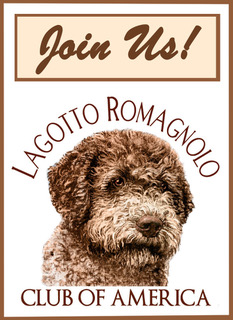|
Leave It
The “Leave it” cue is an important one for safety of your pet and those around you. It can be used to have your pet ignore specific items such as dropped food, pills, baby toys that you don’t want him to mouth, people using an assistance device such as a cane or walker and a myriad of other situations.
As is true for other cues, we start with a specific situation and work to get it generalized (by successive approximations) to cover a list of situations that don ’t have to be individually trained.
Begin by having a treat in both hands. Put your left hand behind your back and present your right hand (with the treat in your fist) at the dog ’s nose. Be sure he knows there is a treat in your fist. Say “Leave it” and allow your dog to sniff your fist. Some dogs may even paw at your fist or try to get it out of your hand with their mouth. Don ’t repeat the cue; just be patient. Eventually, he will realize that he can ’t get the treat out of your right fist and look away. As soon as he looks away, quickly present the treat from the left hand—which was behind your back. Repeat this process several times. Usually the time of trying to get the treat from your fist becomes shorter and shorter, as he is learning the cue.
When you are confident that your dog knows the treat isn ’t coming from the right hand, do a switch. This time present the left hand with the treat in it and kept your right hand behind your back. Just as before, say “Leave it” and wait for your dog to loose interest and look away. As soon as that happens, present the treat from your right hand. Once that is solid, the fun begins.
Place the treat on a surface like the floor, a chair, step or even your lap. Make a barrier with your fingers “cupped” over the treat to protect it from your dog. Say “Leave it” and as soon as he looks away, give him the treat from your other hand. At this point, we don ’t want to let the dog get the treat that he has been told to “leave.” After some pairings, put the treat on the floor, without covering it in any way and say “Leave it.” (You may first want to position your dog in a sit or down and tell him to “stay” or just let him be in any position—all are good variations!) In these early stages, you want to be sure that your dog does NOT get the item he has been told to “leave.” Use a variety of objects to be left alone in addition to a treat—your shoe, socks, underwear, a pill, baby toy, or someone who doesn ’t want to pet or be close to your dog.
I do not recommend that your ask your dog to leave something alone that is perfectly alright with you for him to have at other times, such as one of his toys. Once the cue is solid, many people will give their release word and allow the dog to have what has been forbidden. Personally, I rarely do this as I think is can be too confusing to most dogs.


